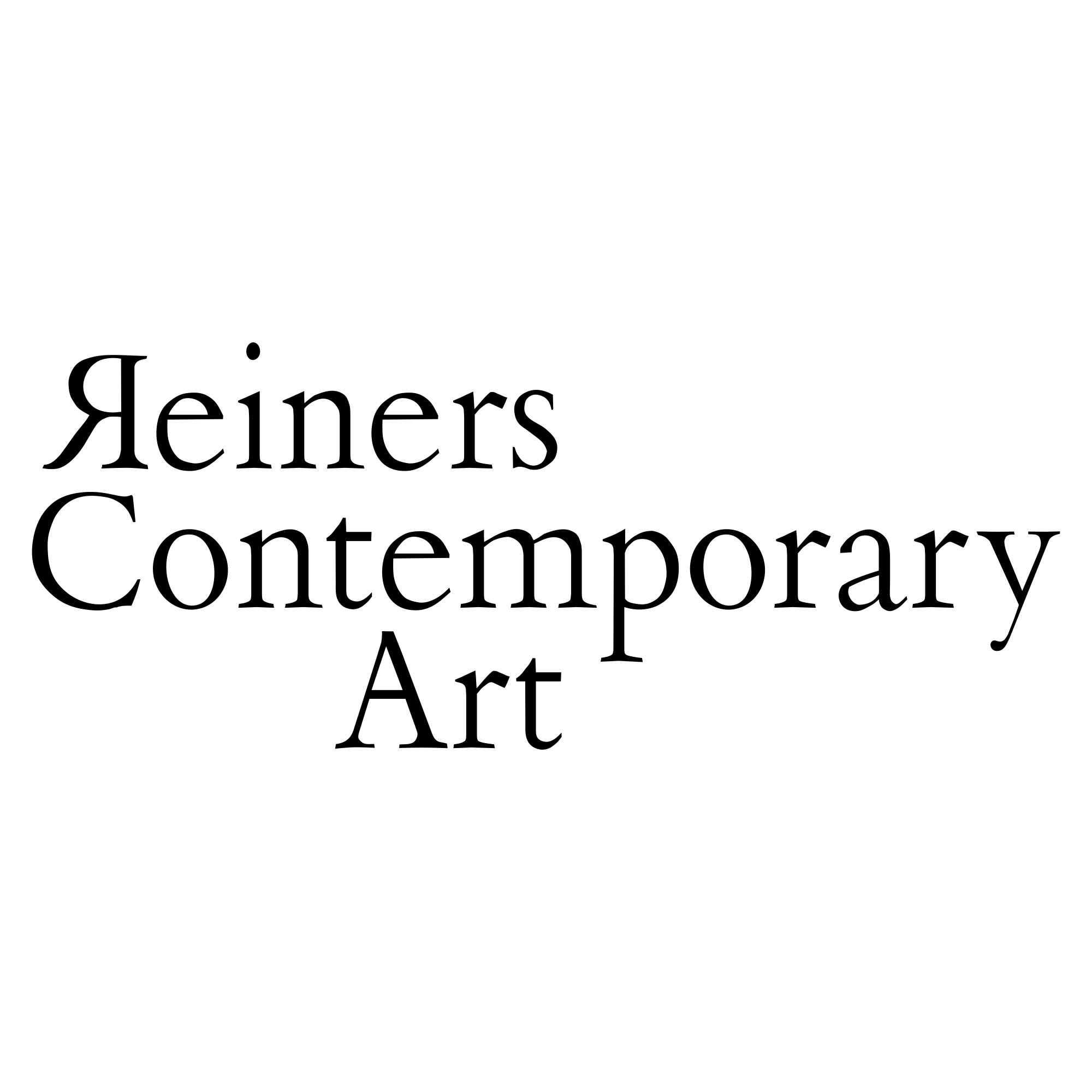Through the creation of edible facsimiles and ornamental architecture replicated in ingredients such as chocolate, sugar, gelatin, and cake, Andrea Ferrero's work proposes a re-enactment of symbols of power that aim to provoke reflection.
Ferrero's academic and residency experiences include the SOMA Academic Program in Mexico City (2019-2021) and residencies at Mass MoCA (Massachusetts), Pivô arte e pesquisa (Sao Paulo), HANGAR (Lisbon), and FLORA ars+natura (Bogotá). Her talent has been recognized with awards such as the Virginia A. Groot Foundation Award 2019 and finalist status in the Taoyuan International Art Award 2023.
Andrea’s work critically considers iconographies of power and our relationship with them, staging fictional realities that playfully encourage new ways in which we can reappropriate and resignify symbols of domination that have been inserted into built space and embedded into collective consciousness. Recently focused on researching food as spectacle, eating rituals as stagings of power and their relation to architecture and ceremonial aesthetics, it seeks to challenge colonial legacies through strategies of humor and fiction. Using archival material, photogrammetry, molds, imprints, and 3D prints as raw material, her recent work unfolds in edible pieces that focus on the process of eating, digesting, metabolizing, and excreting, often involving the audience in ephemeral sweet bacchanalia.
Her recent body of work examines the dynamics of colonial domination using edible architectural fragments as a metaphor for troubling symbols of power and deeply ingrained systematic behaviors. Operatic spectacles staged around food in European courts, where feasting represented aggressive displays of political power and resources, and opulent banquets were hosted to showcase precious foods extracted from newly controlled colonies, serve as a starting point for her latest research.
Sugar, a commodity integral to the emergence of the global market, established itself as a luxury item through the monopolization of land and the enslavement of indigenous peoples. The planned staging and theatrics of food included elaborate monuments crafted from sugar and "pièces montées"—manifestations of magnificence and decadence that enacted power strategies akin to those used in architecture.
Through the creation of edible facsimiles and ornamental architecture replicated in ingredients such as chocolate, sugar, gelatin, and cake, her work proposes a re-enactment of symbols of power that aim to provoke reflection. In both architecture and ceremony, excessive opulence became a display of political control and strategic power play. Decorative tools historically used to adorn powerful buildings, ornaments, and specific symbols are reappropriated and recreated in chocolate, stripping them of their permanence and proposing a re-enactment of their significance—now subject to the whims of visitors. Their durable materials, both physical and political, are replaced, creating ephemeral fragments that allude to architectural grandeur and massive scale but are destined to decay on multiple levels.
As the fictionality and audacity of history continue to reveal themselves through architectural structures, the role of imagination and humor becomes vital in reflecting on cultural meanings embedded in urban landscapes. The staging of these fictional realities aims to playfully encourage new ways to challenge, reappropriate, and resignify symbols, inviting viewers to actively participate in the destruction, consumption, and digestion of architectural pieces in an effort to collectively metabolize the entrenched legacies of colonialism.

